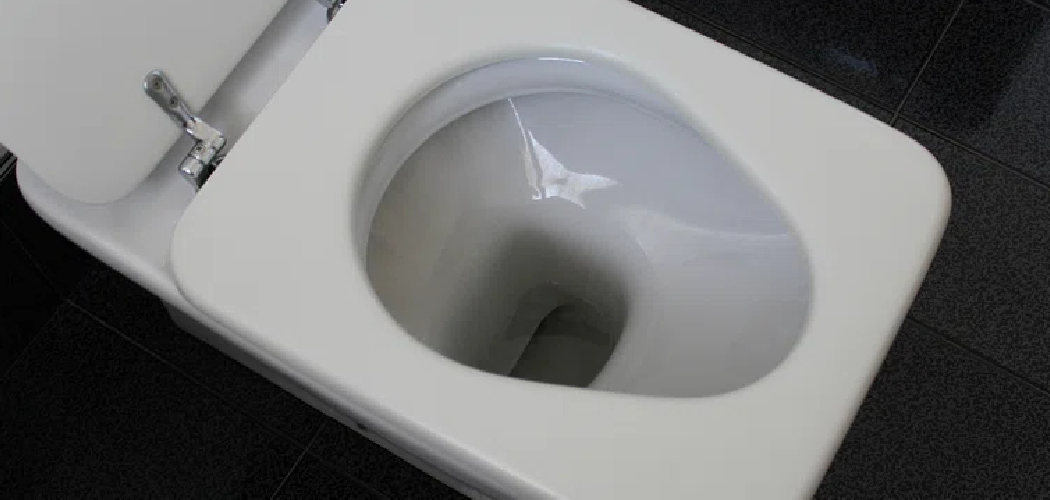The presence of blue rings in toilet bowls is a common yet often frustrating issue that many homeowners face. This article aims to discuss the various causes of these unsightly stains, which can primarily stem from mineral deposits, remnants of cleaning products, or even bacterial growth. Understanding the importance of addressing blue rings is crucial, as they can signify hygiene concerns and detract from the overall appearance of your bathroom.
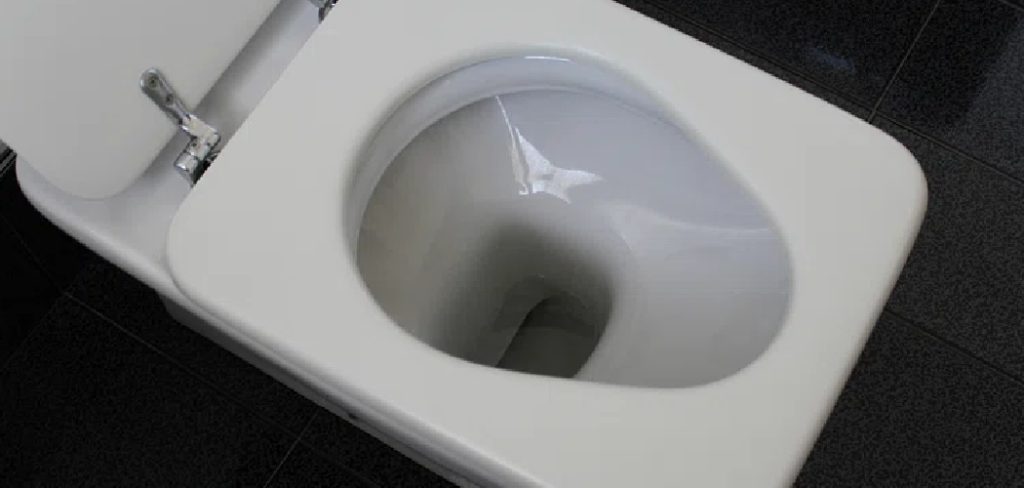
In this guide, we will explore effective methods on how to get rid of blue ring in toilet bowl, covering a range of solutions from simple DIY remedies using household items to more robust commercial cleaning products. By addressing this issue promptly and effectively, you can maintain a clean and sanitary toilet, ensuring a pleasant environment for your home.
Causes of Blue Rings in Toilet Bowls
Mineral Deposits
One of the primary causes of blue rings in toilet bowls is hard water buildup. Hard water contains high levels of minerals such as copper and calcium, which can leave behind blue or green stains over time as the water evaporates and deposits these minerals. Additionally, certain toilet flush tablets may react with the minerals in the water, leading to unwanted discoloration. These tablets can contain dyes or chemicals that create an environment conducive to staining when combined with hard water.
Bacterial Growth
Bacterial growth can also contribute to the formation of blue or greenish rings in toilet bowls. Specific bacteria in the water can interact with the minerals, resulting in discoloration as they thrive and multiply. This reaction can create a slimy film that leaves unsightly stains and poses hygiene concerns. Understanding these causes is essential for developing effective cleaning strategies to address and prevent future occurrences of blue rings.
How to Get Rid of Blue Ring in Toilet Bowl DIY Cleaning Methods
Baking Soda and Vinegar
How to Use: Start by pouring about 2 cups of white vinegar into the toilet bowl. Next, sprinkle approximately 1 cup of baking soda around the edges. You’ll notice a fizzy reaction as the two ingredients interact. Allow this mixture to sit for about 10-15 minutes to let it work its magic. After the fizzing has subsided, use a toilet brush to scrub any stubborn stains, paying special attention to the blue ring. Finally, flush the toilet to rinse away the residue, leaving your bowl sparkling clean.
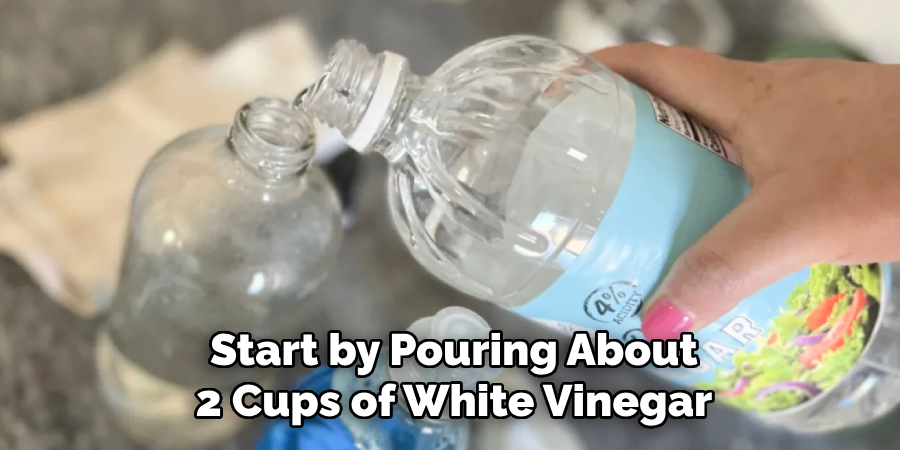
Why It Works: The bubbling action caused by the chemical reaction between vinegar, an acid, and baking soda, a base, helps break down tough mineral deposits and stains. The effervescence loosens dirt and disinfects the surface, making this method both effective and eco-friendly.
Lemon Juice and Borax
How to Use: Begin by mixing equal parts of lemon juice and borax in a small bowl to create a paste. Apply this paste directly onto the stained area of your toilet bowl, ensuring it fully covers the blue ring. Allow the paste to sit for around 30 minutes, enhancing its efficacy. After it has had time to penetrate the stains, use a toilet brush to scrub the area thoroughly; once you are satisfied with the results, flush the toilet to wash away the remnants of the mixture.
Why It Works: The natural acidity in lemon juice effectively breaks down mineral stains, while borax acts as a mild abrasive to scrub away the grime without scratching the ceramic surface. This combination not only lifts stains but also leaves a fresh scent, making it a popular choice for many homeowners.
Toothpaste
How to Use: Apply a generous amount of non-gel toothpaste directly onto the blue ring stain in the toilet bowl. It’s best to use a toothpaste that contains baking soda for added cleaning power. Spread the toothpaste evenly and let it sit for about 10-15 minutes to allow the ingredients to penetrate the stain.
Afterward, take a toilet brush and scrub the stained area in circular motions, ensuring you cover the entire ring. Finally, flush the toilet to rinse away the toothpaste and any loosened debris.
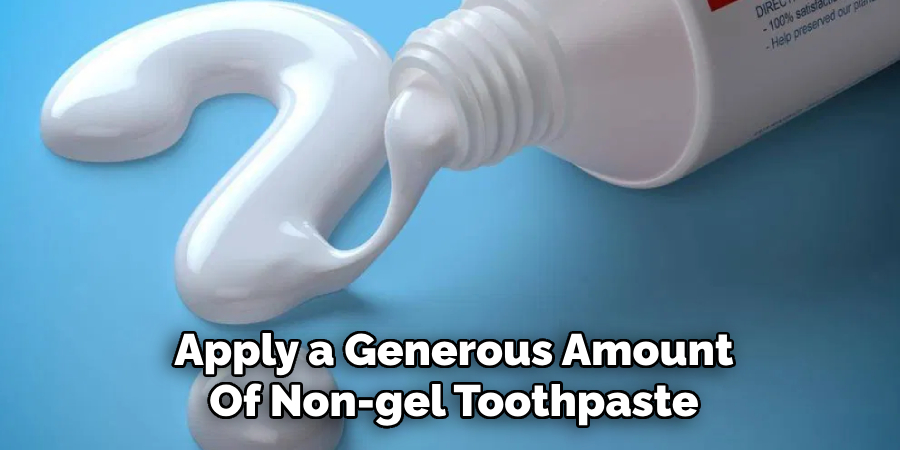
Why It Works: Toothpaste contains mild abrasives that help lift stains without damaging the porcelain surface. Additionally, the formulation often includes components that can help to neutralize odors, contributing to a cleaner and fresher toilet environment. This method is simple and effective, making it an accessible option for quick clean-ups.
How to Get Rid of Blue Ring in Toilet Bowl Commercial Cleaning Solutions
Toilet Bowl Cleaners
One effective option for tackling blue rings and mineral stains in toilet bowls is to use specific commercial toilet bowl cleaners. Brands such as Lysol, Clorox, or Eco-Products offer formulations explicitly designed for mineral stain removal. To use these products, simply apply the cleaner according to the manufacturer’s instructions, usually allowing it to sit on the stained area for a set period before scrubbing with a toilet brush. Follow up with a thorough flush to rinse the bowl clean.
These cleaners are often formulated with powerful chemicals, including hydrochloric acid, which can effectively break down the mineral deposits and staining caused by hard water. Their concentrated formulas penetrate tough stains, providing a level of cleaning that DIY methods sometimes cannot achieve.
Pumice Stone
Another commercial solution that many homeowners find useful is the pumice stone. To utilize a pumice stone for cleaning toilet bowls, wet the stone and gently scrub the blue ring in a circular motion. It is crucial to use a light touch to avoid scratching the porcelain surface of the toilet. Pumice stones are a natural abrasive, making them effective in removing stubborn stains without the need for harsh chemical cleaners. Their gentle abrasiveness allows for the effective lifting of stains, while their natural origin appeals to those looking for eco-friendly cleaning alternatives. Regular use of a pumice stone can help maintain a clean toilet bowl by preventing the buildup of mineral deposits over time.
CLR (Calcium, Lime, and Rust Remover)
CLR (Calcium, Lime, and Rust Remover) offers a potent solution for more persistent stains. To use CLR, apply it directly to the stained area of the toilet bowl and let it sit for a few minutes to penetrate the deposit. After the dwell time, scrub the area with a toilet brush to remove the loosened stains.
Finally, flush the toilet to wash away any residual cleaner. CLR is specially formulated to target and dissolve mineral deposits, which is effective in breaking down the calcium and lime buildup that leads to blue rings. This powerful option is especially beneficial for stubborn stains that have persisted despite other cleaning methods, providing a reliable way to restore your toilet’s cleanliness and appearance.
Preventing Blue Rings in the Future
Regular Cleaning
Regular cleaning is essential to maintaining a fresh and stain-free toilet bowl. Establishing a routine cleaning schedule, ideally, once a week, can significantly reduce mineral buildup and limit bacterial growth. Natural cleaners, such as vinegar or baking soda, can be effective and eco-friendly options for keeping your toilet clean without the need for harsh chemicals. Simply pour vinegar into the bowl or sprinkle baking soda around the edges, allowing them to work their magic while you tackle other household tasks.
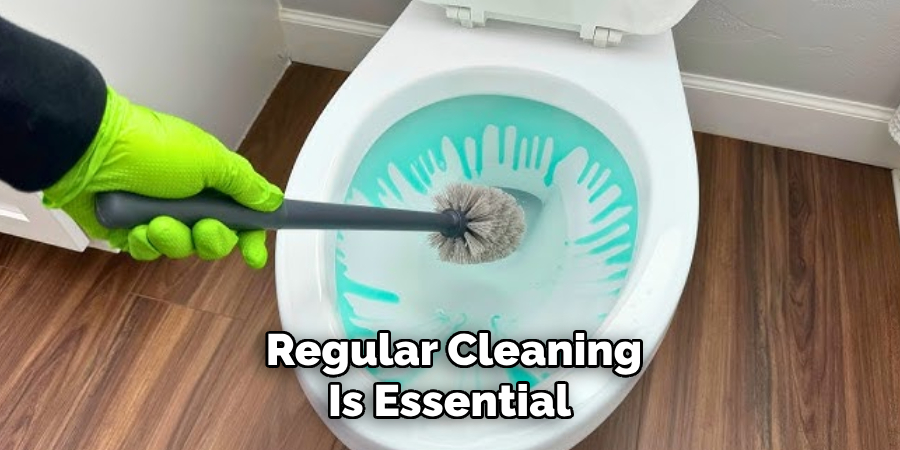
Water Softening Systems
Installing a water softening system in your home can be a long-term solution to reduce the mineral content in your water, thereby preventing the formation of blue rings. These systems filter out calcium, magnesium, and other minerals that are responsible for the staining and buildup in your toilet. Additionally, it’s advisable to avoid using harsh chemical tablet cleaners that can contribute to staining and may even damage your plumbing over time. Opting for gentler cleaning products will help maintain the cleanliness of your toilet while protecting its longevity.
When to Call a Professional
Persistent Stains
If the blue ring remains despite your regular cleaning efforts, it may indicate a more significant issue, such as mineral buildup within your plumbing system. In such cases, consulting a qualified plumber can help diagnose any underlying plumbing problems and recommend appropriate solutions. They possess the expertise to assess the situation and provide targeted interventions, ensuring that your toilet functions effectively and remains stain-free.
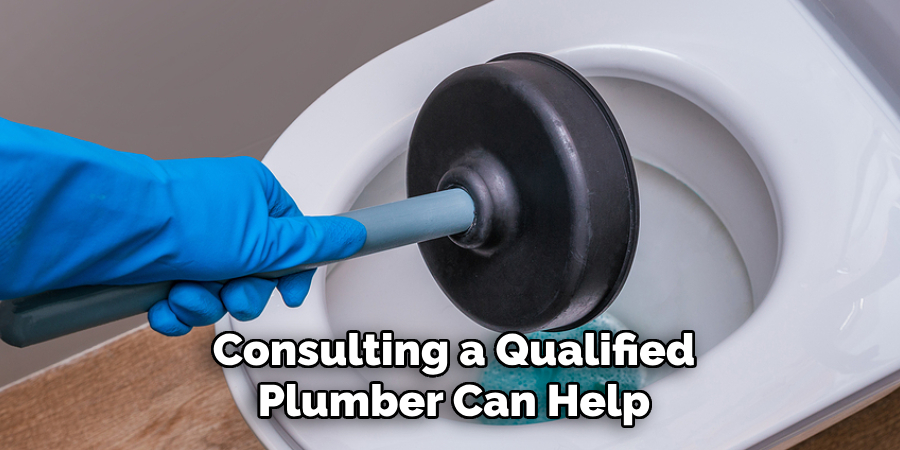
Hard Water Solutions
If you are experiencing ongoing frustrations with hard water, seeking professional advice is advisable. A plumbing expert can evaluate your water quality and suggest the installation of a whole-house water softening system. This long-term solution can effectively minimize mineral deposits, improve water quality, and prevent stains in your toilet and throughout your home’s plumbing system. Professional guidance can save you time and money while enhancing your home’s overall hygiene.
Conclusion
In summary, there are several effective methods for how to get rid of blue ring in toilet bowl, ranging from DIY remedies to commercial solutions. Household items like vinegar and baking soda offer a natural approach, while specific commercial cleaners and pumice stones can tackle tougher stains. Regular maintenance prevents blue rings from forming, ensuring that your toilet remains clean and hygienic.
Establishing a consistent cleaning routine will not only keep the blue rings at bay but also enhance the overall cleanliness of your bathroom. If a particular method doesn’t yield the desired results, don’t hesitate to try different approaches, as various stains may respond differently to treatments. You can effectively maintain a fresh and stain-free toilet environment by being proactive and persistent.

